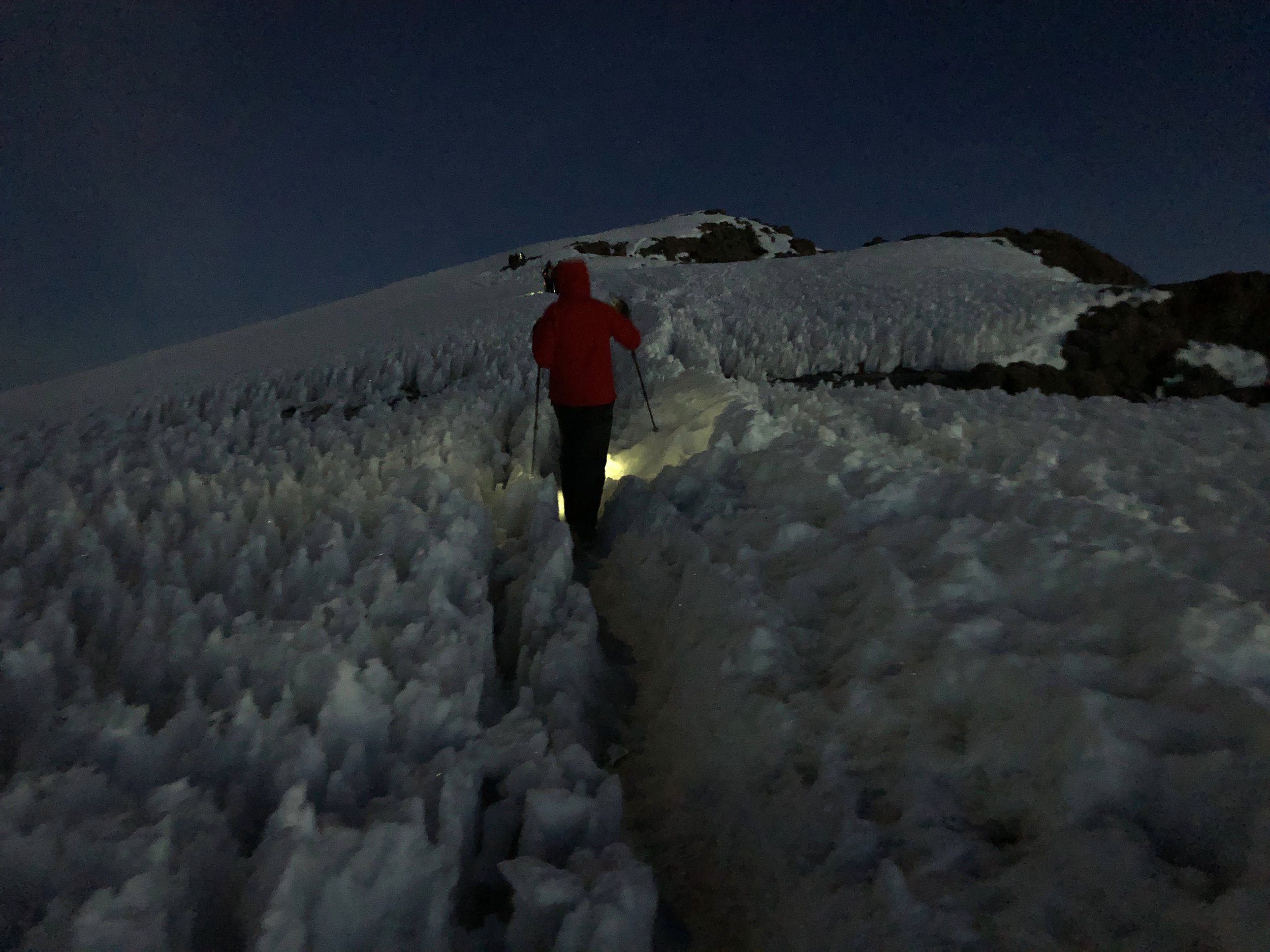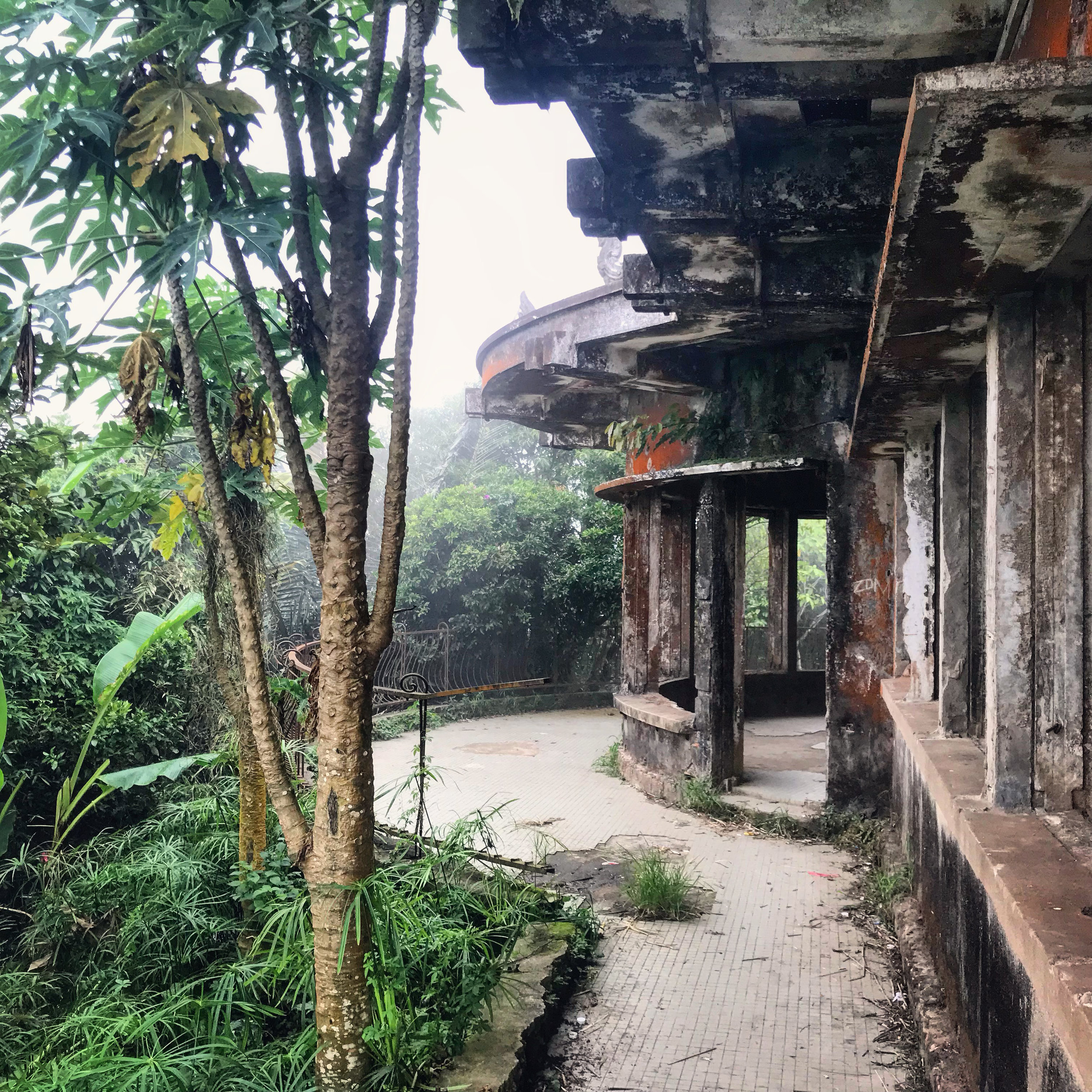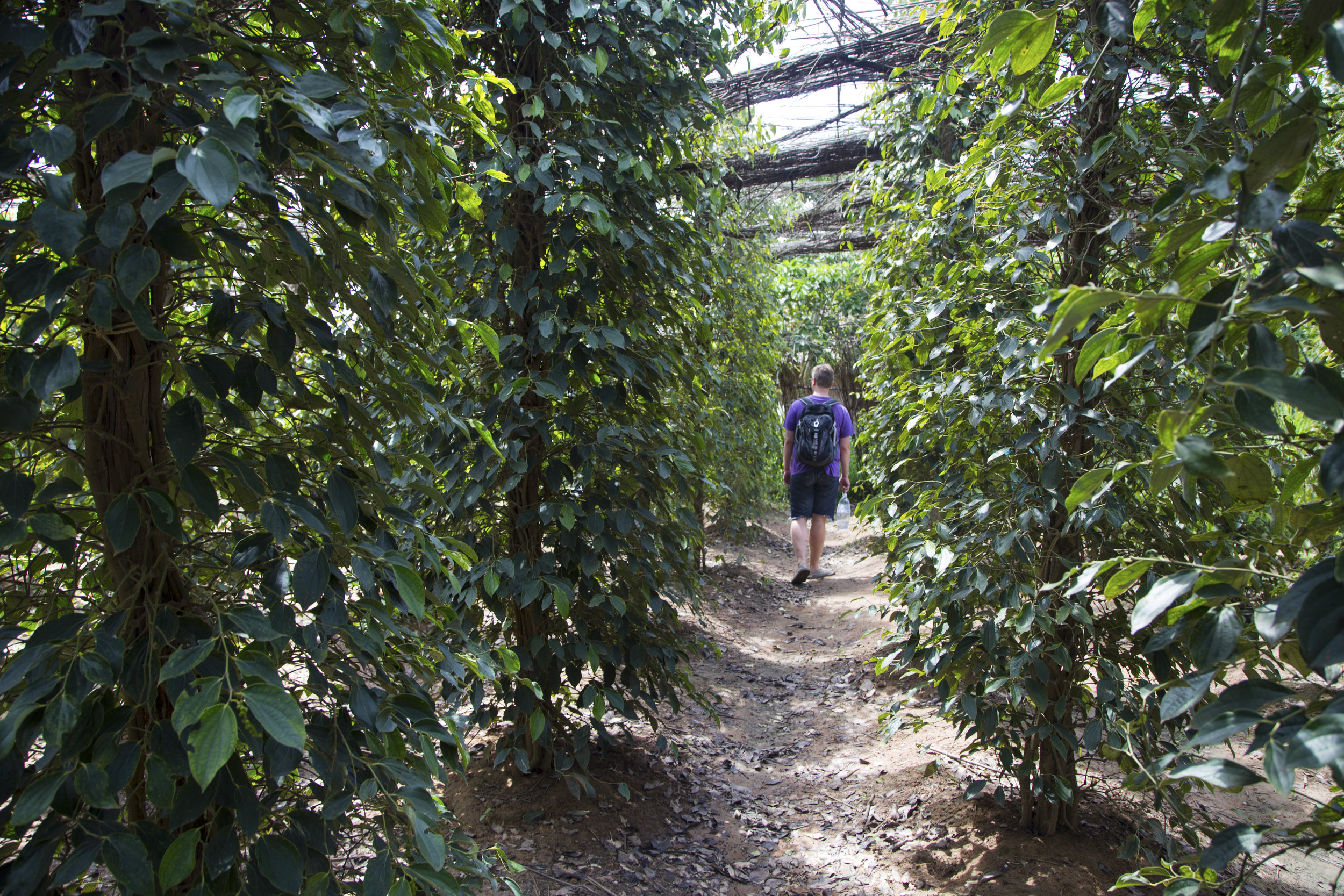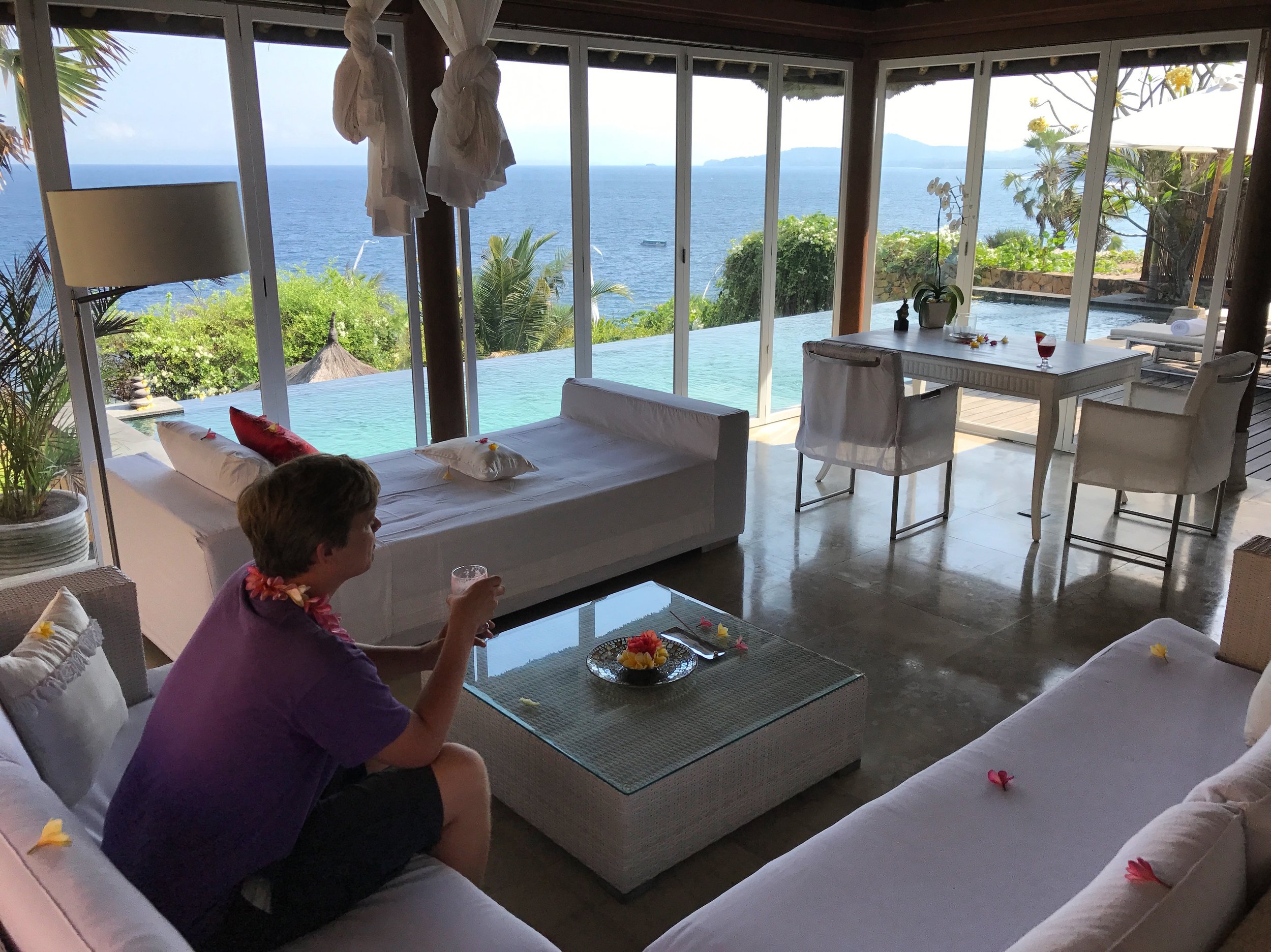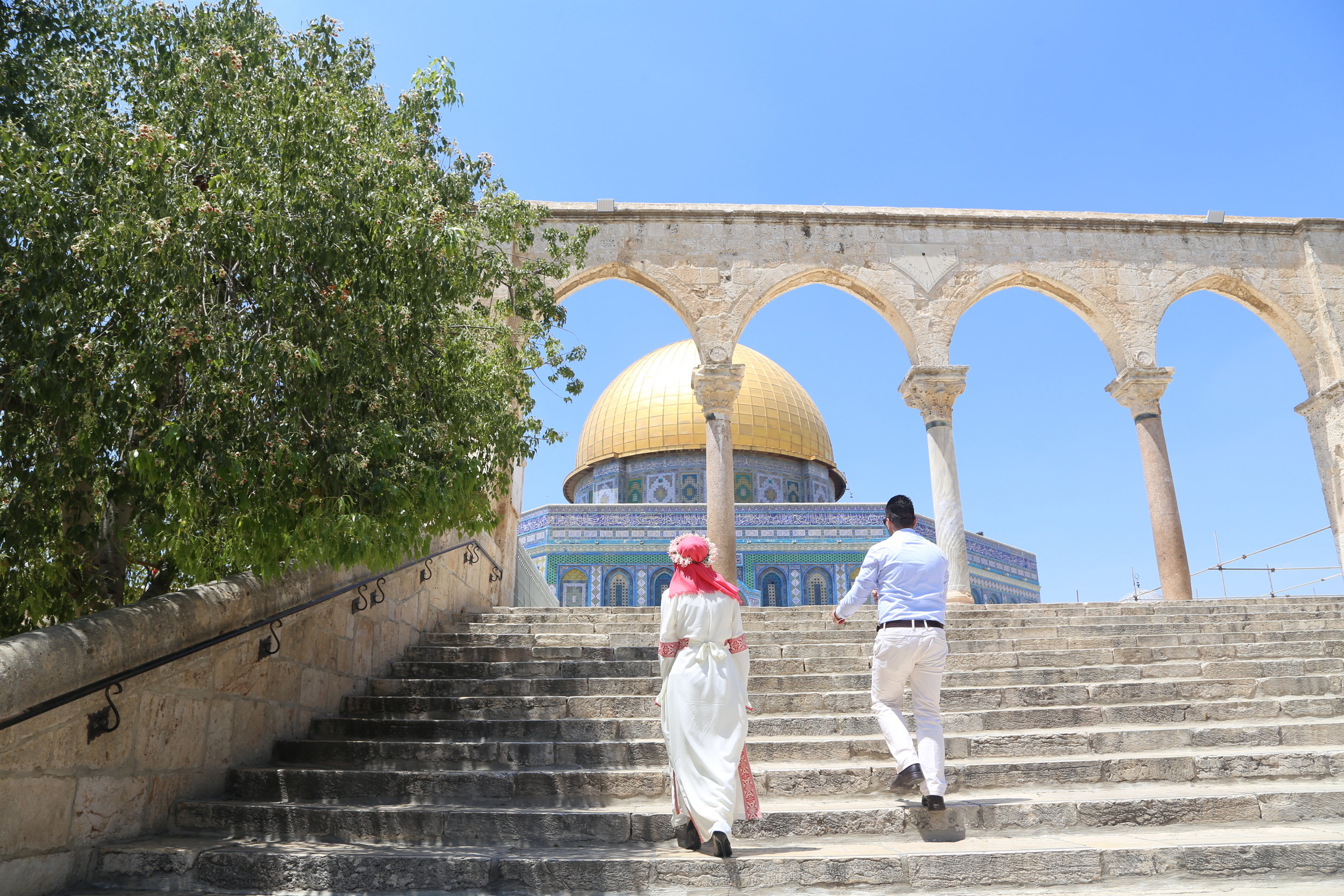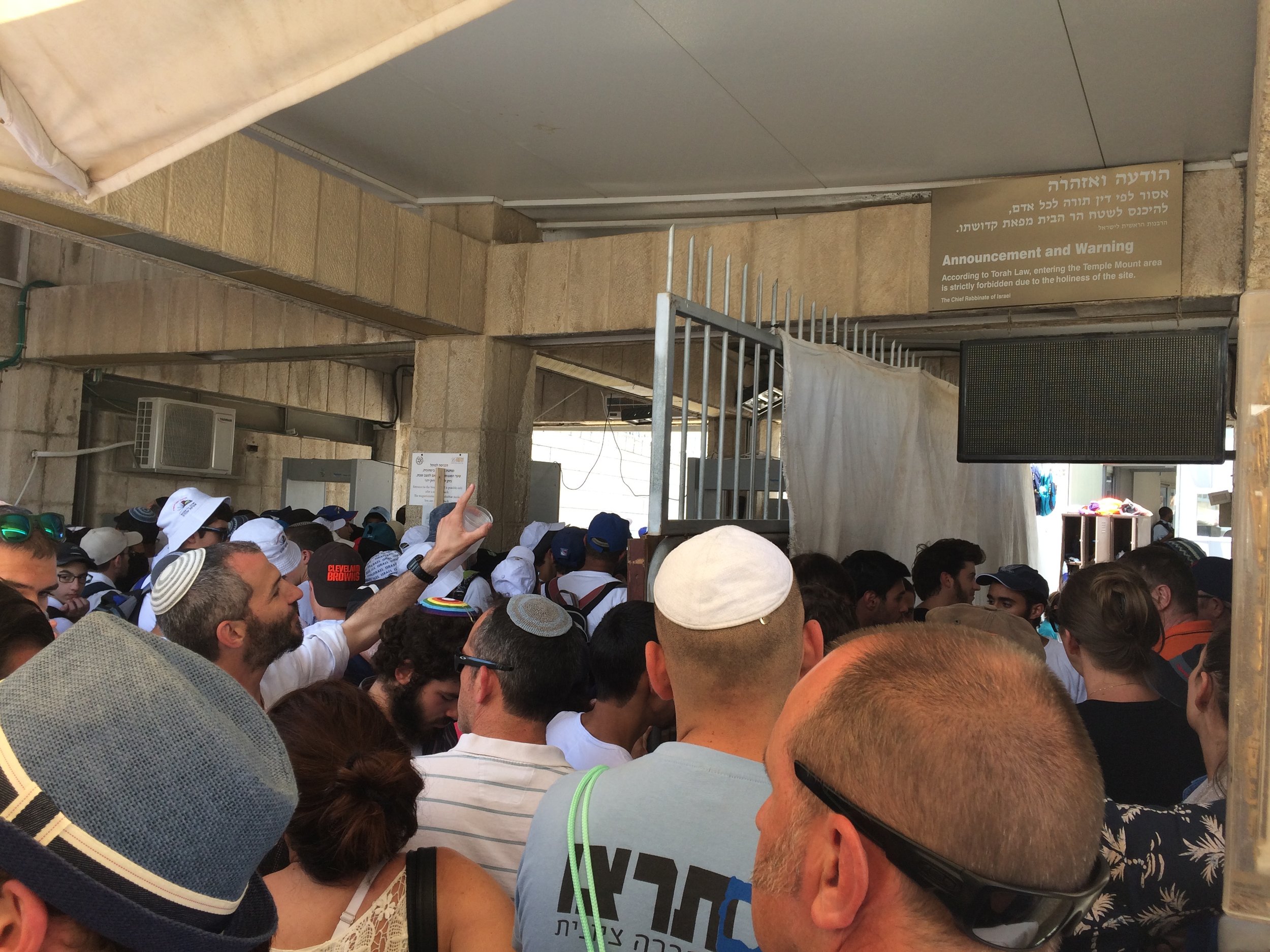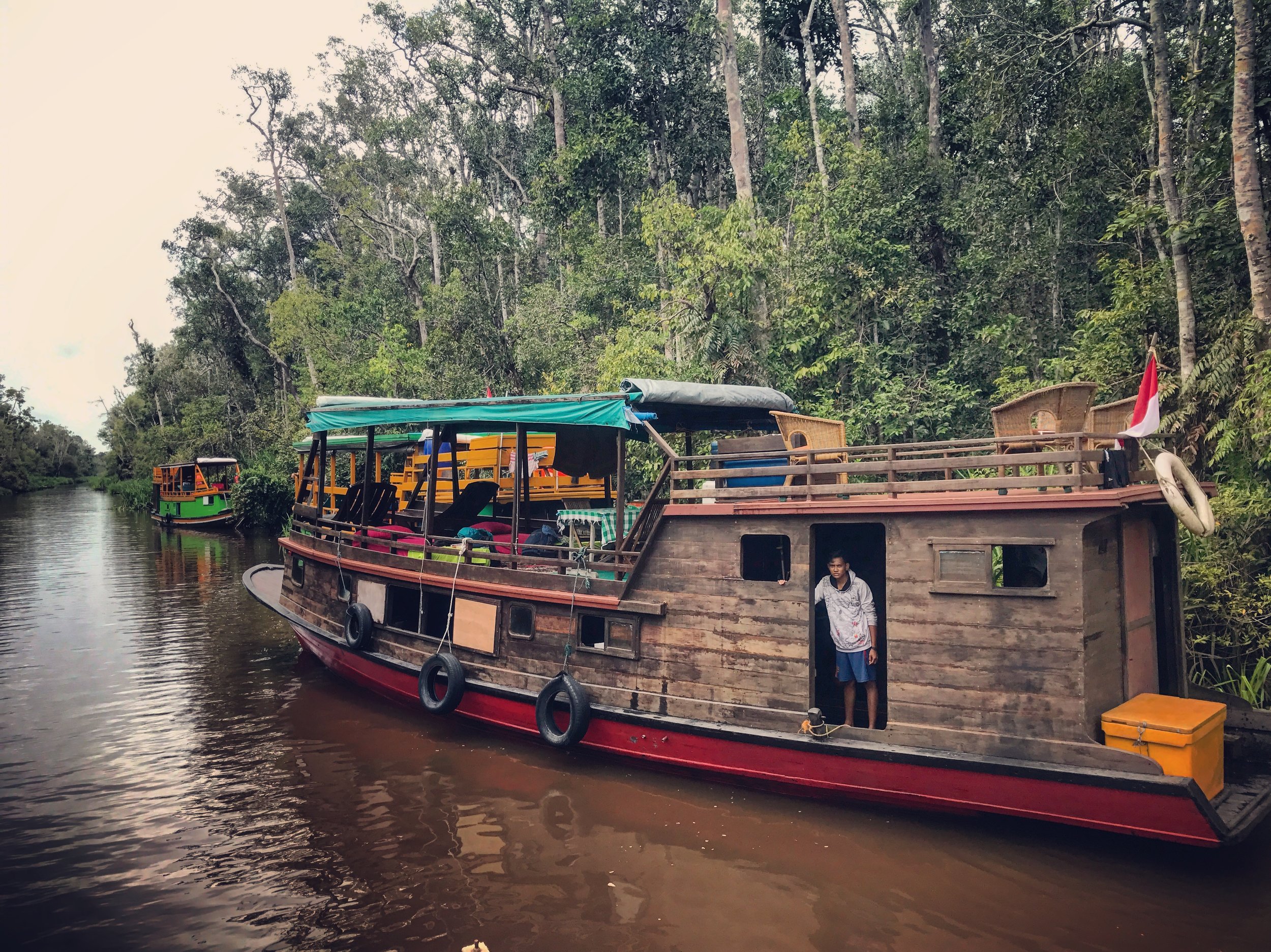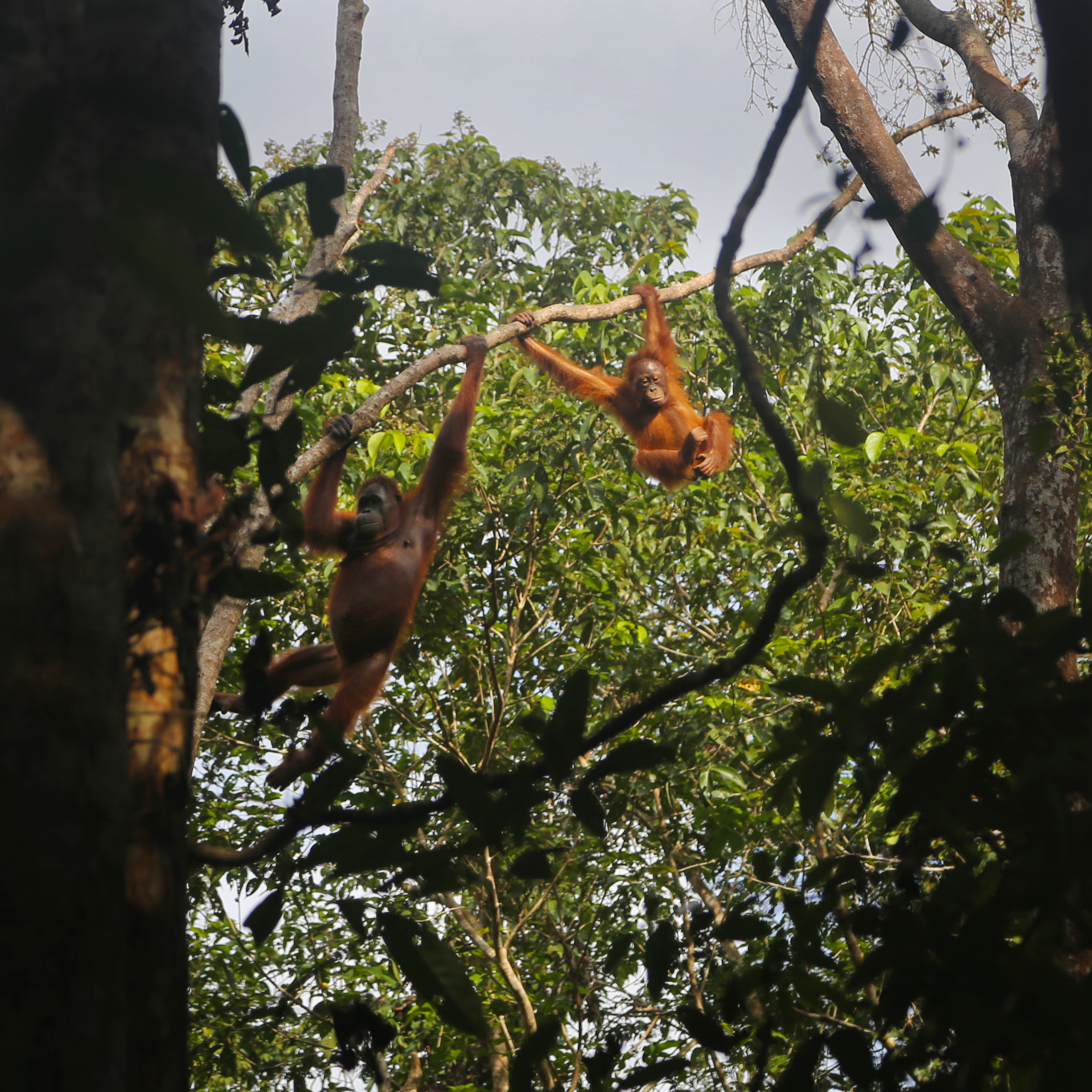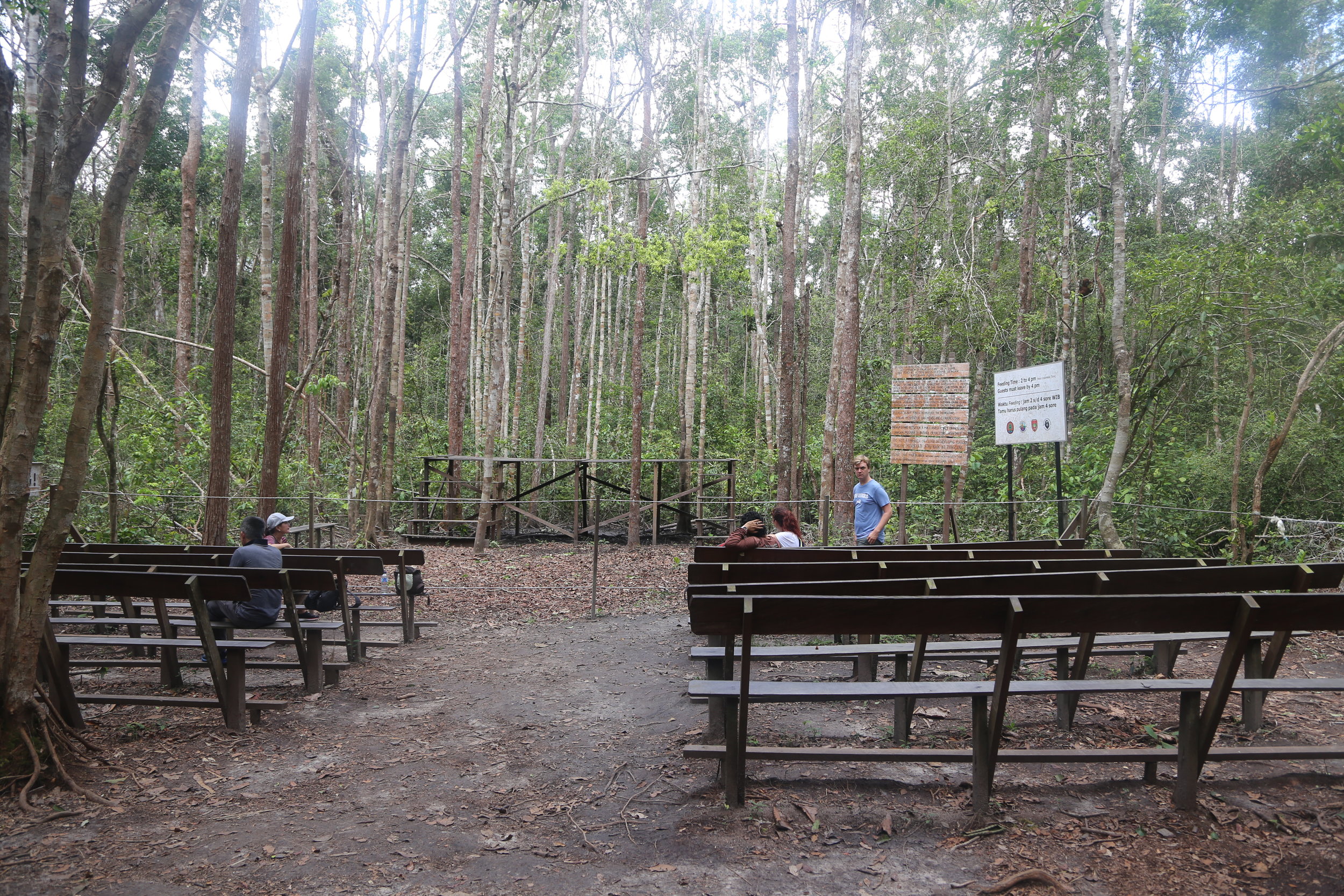After lunch we each took our ‘body wipe showers’ with GoodWipes and quickly changed into warmer clothing, which basically meant putting on every bit of clothing we brought. We huddled in the tent trying to keep warm, crunching on Pepto tablets to keep our tummies calm, and drinking loads of water to help us with the high altitude effects. I was trying not to think too much about what was about to happen in a few hours.
At about 6:30pm we got up again for dinner, it was so cold we could see our breath and the tent had become icy on the outside. The zipper was frozen and hard to maneuver. Taking a trip to the toilet tent was extra tough in the cold, with so many layers to peel back and chattering teeth. Every little thing we did tired us out. Just getting in and out of the tent caused a shortness of breath. We struggled, with zero appetites, to eat dinner. The soups were always my favorite, flavorful and warm but it was hard to get much more than that down.
Our guides Steven and Eli came in to check on us. Their advice was to not worry about the mountain. Hakuna Matata. Polé Polé. Simba wished us a good night with his usual lala salama, my favorite Swahili phrase.
After that we got into our tent, fired up our hand warmers and tried our best to rest.
Summit Day
Simba woke us at 11pm for the final summit climb. Shivering, we peeled off some layers, prepared our packs, and tried again to eat. By 12:15 am we were on our way. The other hiker’s headlamps glowed all the way up the trail in front of us as far as we could see, switch-backing out of sight. The terrain was mostly loose gravel but occasionally larger chunks of shale and big wobbly rocks – in other words, easy to slip in the darkness. It got steep quickly and I began to moan in discomfort. I warned everyone that I’d be vocal but not to worry about my noises. I was just uncomfortable with thin air but otherwise okay.
The steep switch-backs seemed endless and the higher we got the colder it became. I felt a little woozy and was thankful I had hiking poles to keep me balanced. Steven kept us at a fast pace, whenever we met up with another group in front of us, we’d veer off trail and sprint ahead to pass them. Each time we did this I felt like I was going to die. Joel could hear the discomfort in my voice, I couldn’t even form words, my lungs screamed. We did not any breaks until about 4am. Eli had me sit down between a couple of boulders to shield us from the wind and I couldn’t help but cry. I just needed to let it out for a moment. Two minutes later we were back on the trail. I got into meditative state, focusing my mind on my breath and putting one foot in front of the other, each step a little triumph. I thought about my friends, my family, and my colleagues, I thought “do it for them, keep moving”. Honestly though, I never had any intention of doing otherwise.
At one point Eli started to seem a little woozy and he lost the trail in the darkness. We were off trail for maybe 30 minutes or so, it felt like a long time but I was never too worried. Eventually I started seeing trash on the ground amongst the ice, fallen handwarmers and juice boxes, and I knew we had found the trail. Eli stopped to check our eyes for signs of altitude sickness, but we were fine. On we went.
Then suddenly we were somehow at Stella Point, which is the last landmark before the summit. As we crested the ridge the wind hit us hard. It was gusting up there with no place to hide and rest, so we didn’t stop. We were close to the summit now.
The terrain started to change. There was more snow and penitents had formed. I’d never seen anything like them. They were about knee high in places. The air was so thin we had to stop every couple of steps to catch our breath. The air on the summit has 50 percent less oxygen than at sea level. We tried to cover our faces to shield them from the bitting wind but immediately started to suffocate, unable to get enough oxygen through the fabrics covering our faces, we peeled it back off quickly. Steven, impatiently hurried us along. Somewhere along the way we lost Eli and only later learned that he got sick from the altitude and decided not to continue to the summit with us. We pushed on as the sun edged towards the horizon.





